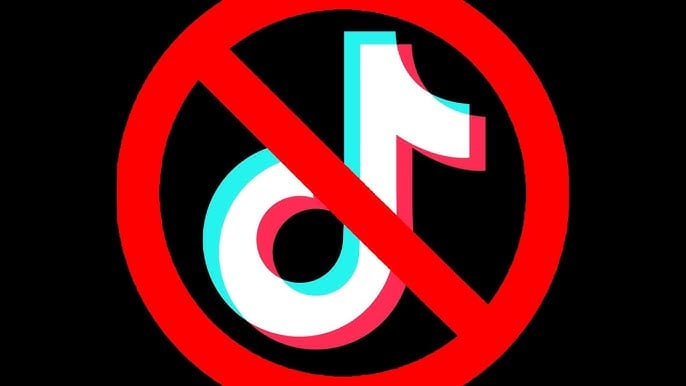TikTok announced on Sunday that it was resuming operations in the United States after Donald Trump pledged earlier in the day to grant the platform a temporary reprieve from its impending US ban.
Posting on Truth Social, Trump stated that he would sign an executive order upon taking office on Monday, giving the Chinese-owned video app additional time to secure a buyer. He also proposed that the US government or an American company take a 50% ownership stake in TikTok.
“With this move, we save TikTok, keep it in responsible hands, and allow it to thrive,” Trump said. “Without US approval, there’s no TikTok. With our approval, it’s worth hundreds of billions—possibly trillions.”
It comes after TikTok went dark across the United States at 10pm on Saturday evening AEST, marking an unprecedented moment in social media history. The app, along with CapCut, its popular video editing software, has been disabled for American users, who are now greeted with a stark error message:
“Our services are not available in your country or region. You can still go to Settings and Privacy to manage your account, security, or privacy settings.”
This abrupt shutdown follows months of legal and political turmoil, culminating in the US Supreme Court’s recent decision to uphold legislation banning TikTok unless its Chinese parent company, ByteDance, sold its US operations. The Sunday deadline for compliance has come and gone without resolution, leaving creators, advertisers, and millions of daily users without access.
BREAKING
TikTok has shut down in the United States.
CapCut, the editing software TikTok owns, has also shut down.
They have also been removed from the App Store. pic.twitter.com/ECdK2MEsmZ
— Yashar Ali 🐘 (@yashar) January 19, 2025
The fallout: A new era for social media
TikTok’s shutdown sends shockwaves through the digital landscape, as it boasted 170 million users in the US alone. Its seamless content algorithm and vibrant creator community made it a must-have platform for both audiences and advertisers. The loss of CapCut, an essential tool for creators producing content beyond TikTok, further compounds the disruption.
For advertisers, this means rethinking strategies. In 2024, TikTok generated an estimated US$12.34 billion in US ad revenue. With 50% to 70% of that revenue now up for grabs, platforms like Meta’s Instagram Reels, YouTube Shorts, and Snapchat are poised to step in.
eMarketer estimates that Meta could gain up to US$3.38 billion in ad revenue, while YouTube and Snapchat also stand to benefit. “This is a once-in-a-generation shift,” said a marketing executive at a major global brand. “Brands that can pivot quickly will win the next phase of digital advertising.”
Creators left in limbo
For creators, the shutdown is more than an inconvenience—it’s a livelihood at stake. Many are scrambling to find alternatives, with apps like Xiaohongshu (RedNote), Lemon8, and even older platforms like Instagram and YouTube experiencing a surge in activity.
“This should be a wake-up call to brands not to rely too heavily on any one platform,” said Danielle Dullaghan, social strategy director at Iris. James Poulter from House 337 added: “The brands and creators who thrive in uncertain times are the ones who prepare for the unexpected,” both told Business Insider.
However, new platforms may not offer the same audience scale or monetisation opportunities as TikTok, leaving many wondering how to maintain their reach and revenue streams.
A broader geopolitical battle
TikTok’s shutdown isn’t just about one app, it’s part of a larger geopolitical struggle between the US and China. The legislation driving the ban was developed to address concerns that TikTok’s Chinese ownership could compromise user data and national security.
Craig Singleton, a China expert at the Foundation for Defence of Democracies, framed it succinctly: “This is about more than apps. It’s about global influence and control over digital ecosystems.”
The decision has prompted similar debates in countries like Australia, where TikTok’s 8.5 million users are watching closely to see how the fallout might impact the platform globally.
What happens next?
TikTok CEO Shou Zi Chew has not commented since the shutdown but had previously expressed optimism about reaching a resolution. However, with the app offline in its largest market, the road to recovery appears steep.
As the US government holds firm on its demands, the ripple effects will likely reshape the social media and advertising industries for years to come. For now, TikTok users in the US are left with a blank screen, and the digital world enters uncharted territory.
